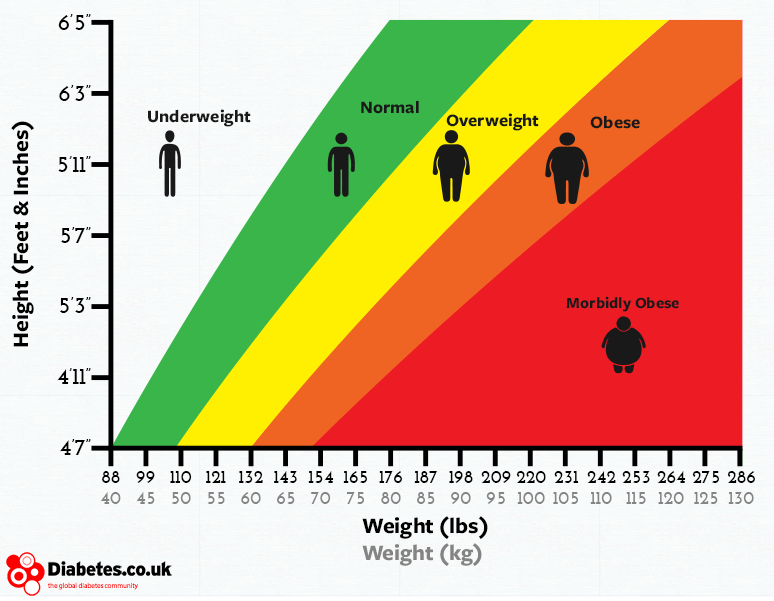The Basics of the BMI – The Body Mass Index
There are so many different terms and abbreviations in the fitness world that makes it hard to know what’s what and to keep up with them all. Here we have simplified it for you when it comes to understanding your BMI Body Mass Index) results.
Different categories of the Body Mass Index
Underweight
Being underweight could be a sign you’re not eating enough, you’re working out too much or you may be ill. Essentially, you could be burning more energy than you are putting in, but there are a million reasons for being underweight, and this is something you should speak to your GP about.
If you don’t feel ill or have no specific symptoms, try eating more food and maybe cut back on the amount of exercise you are doing and see if that helps you put on a bit more weight.
Healthy Weight
This is great news, you are considered to be in the healthy range. Keep up what you’re doing, it’s obviously working well for you.
Overweight
The best way to lose weight if you have been classed as overweight is through a combination of diet and exercise. The BMI calculator will give you a personal calorie allowance to help you achieve a healthy weight safely. Note, the calorie suggestion it gives you is just a suggestion that should be used as more of a reference, than a hard and fast rule.’
You may have to tweak it as you go by upping or lowering the calories depending on how your body responds.
Obese
The best way to lose weight if you’re obese is through a combination of diet and exercise and in extreme cases, medication. If you are classed as obese, it would be wise to get a health check from your GP before starting exercise to make sure you are healthy enough to do so.
The simple maths here is that you will need to start to consume less calories than your body needs in order to lose weight. We lose bodyfat when it is used by our bodies for energy, in the absence of energy derived from food.

How to get started with exercise
There are numerous ways in which to begin your own fitness journey, including gentle cardio or starting to use weights for resistance training. You can exercise in a group, or just start by walking each day, but don’t try to do much too soon. The most simple and direct message here is simply to start moving more each day. Each step adds up, each lift will use calories and help breakdown muscle.
Tell yourself to start exercising today!
BMI Considerations for Black and Asian ethnic groups
Black and Asian ethnic groups have a far higher risk of developing a long-term (chronic) condition, such as type 2 diabetes.
Adults in this group with a BMI of:
– 23 or more are at an increased risk
– 27.5 or more are at very high risk and should seek a doctor’s advise
Why the size of your waist matters
Measuring your waist is a good way to check you’re not carrying too much fat around your stomach, generally visceral fat around your organs, which can raise your risk of heart disease, type 2 diabetes and stroke.
You can have a healthy BMI and still have excess tummy fat – meaning you’re still at risk of developing these conditions.
To measure your waist…
1. Find the bottom of your ribs and the top of your hips.
2. Wrap a tape measure around your waist midway between these points.
3. Breathe out naturally before taking the measurement.
Regardless of your height, weight, activity level or BMI, you should try to lose weight if your waist is…
– 94cm (37ins) or more for men
– 80cm (31.5ins) or more for women
Contact your GP if your waist is…
– 102cm (40ins) or more for men
– 88cm (34ins) or more for women

Limitations of the BMI test
1. Your BMI can’t tell if you’re carrying too much fat.
2. The BMI can’t tell the difference between excess fat, muscle, or bone.
3. The adult BMI test generally doesn’t take into account age, gender or muscle mass.
This could mean that if you’re a very muscular person, you could be classed as overweight even if you’re body fat percentage is very low.
Things like pregnancy will also affect a woman’s BMI result as it won’t know if you are pregnant or not.
Apart from these few limitations, the BMI test is relatively straight forward and accurate (to a point) as well as being a convenient way of assessing your weight.
